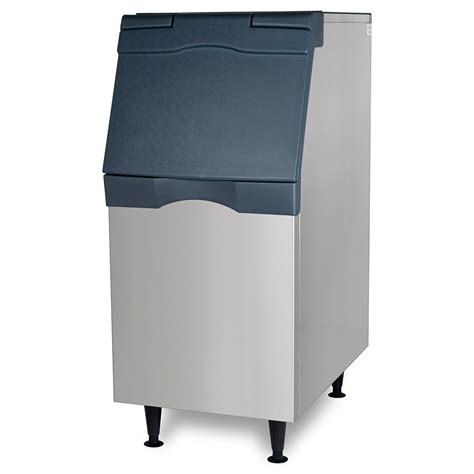B322s: An Informative Guide

B322s: An Informative Guide
Introduction
B322s, also known as benign paroxysmal positional vertigo (BPPV), is a common condition that causes short episodes of dizziness or vertigo. It is usually triggered by a change in head position, such as when you lie down, roll over in bed, or tilt your head back to look up.
Symptoms of B322s
The symptoms of B322s can vary, but typically include:
* A sudden sensation of dizziness or vertigo that lasts for a few seconds or minutes
* A feeling of spinning or swaying
* Nausea or vomiting
* Difficulty balancing or walking
Causes of B322s
The most common cause of B322s is a loose piece of calcium carbonate (otoconia) in the inner ear. This can happen due to:
* Head injury
* Age-related changes
* Certain medical conditions, such as Menieres disease
Diagnosis of B322s
B322s is diagnosed based on your symptoms and a physical examination. Your doctor may also perform a Dix-Hallpike maneuver, which involves moving your head into different positions to trigger the symptoms.
Treatment of B322s
The most common treatment for B322s is the Epley maneuver. This is a simple procedure that can be performed in your doctors office or at home. The Epley maneuver involves moving your head into specific positions to help reposition the loose otoconia.
Other treatments for B322s include:
* Medications to relieve nausea and vomiting
* Physical therapy to improve balance and coordination
* Surgery, in rare cases
Prevention of B322s
There is no sure way to prevent B322s, but there are some things you can do to reduce your risk, such as:
* Avoiding head injuries
* Getting regular exercise
* Maintaining a healthy weight
* Avoiding smoking and excessive alcohol consumption
Complications of B322s
B322s is usually not a serious condition, but it can lead to complications, such as:
* Falls and injuries
* Difficulty performing daily activities
* Anxiety or depression
Outlook for B322s
The outlook for B322s is generally good. Most people recover completely with treatment. However, some people may experience recurrent episodes of B322s.
Case Studies
Here are a few case studies of people who have experienced B322s:
* A 55-year-old woman presented with a complaint of sudden onset dizziness and vertigo. She had no history of head injury or other medical conditions. The Dix-Hallpike maneuver was positive, and she was diagnosed with B322s. She was treated with the Epley maneuver and her symptoms resolved completely.
* A 30-year-old man presented with a complaint of recurrent episodes of dizziness and vertigo. He had a history of head injury several years prior. The Dix-Hallpike maneuver was positive, and he was diagnosed with B322s. He was treated with the Epley maneuver and his symptoms improved significantly. However, he still experiences occasional episodes of dizziness.
* A 70-year-old woman presented with a complaint of chronic dizziness and vertigo. She had no history of head injury or other medical conditions. The Dix-Hallpike maneuver was negative, and she was diagnosed with a different type of dizziness.
Conclusion
B322s is a common condition that can cause short episodes of dizziness or vertigo. It is usually caused by a loose piece of calcium carbonate in the inner ear. The most common treatment for B322s is the Epley maneuver. The outlook for B322s is generally good. Most people recover completely with treatment.
